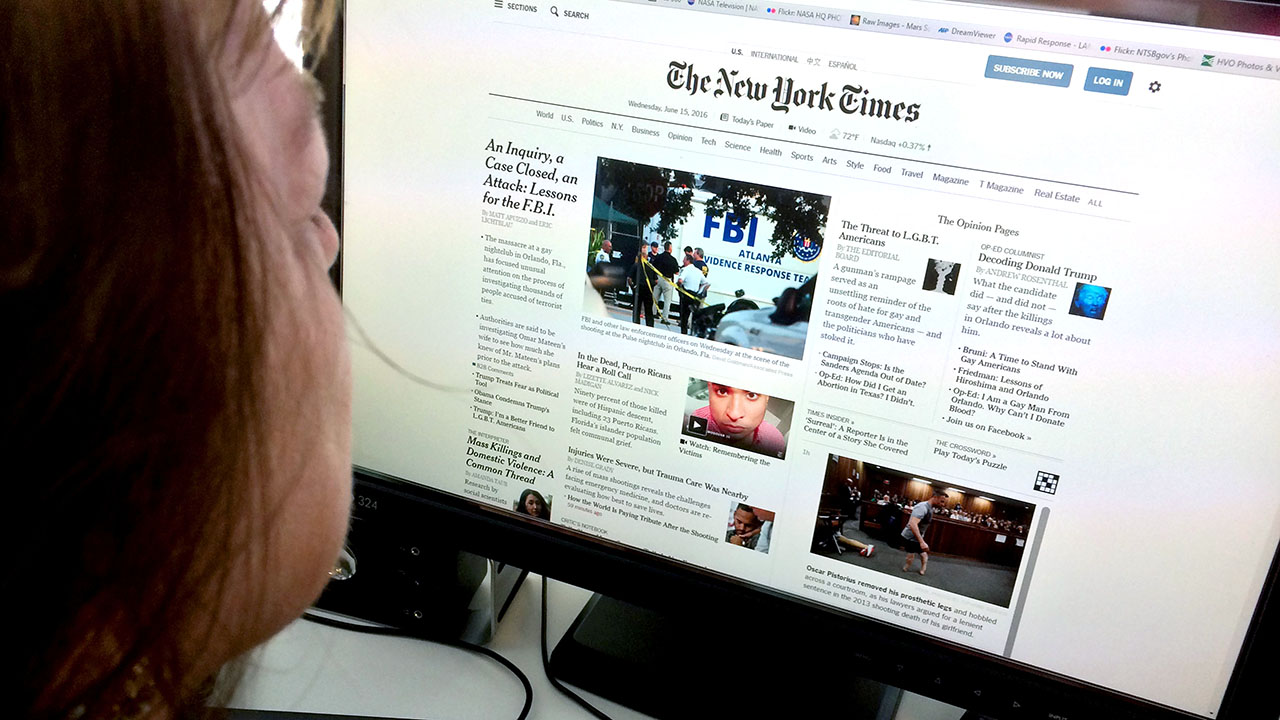News Channels for Dummies
News Channels for Dummies
Blog Article
The 8-Minute Rule for News Channels
Table of ContentsUnknown Facts About News ChannelsSome Ideas on News Channels You Need To KnowGetting The News Channels To WorkGet This Report on News Channels
Moving news networks broadcast news content 24 hours a day. The introduction of the web has allowed the regular 24-hour-a-day presentation of lots of video and audio news reports, which are updated when extra info becomes offered; many tv broadcasters offer content originally supplied on-air as well as exclusive or supplemental news content on their sites.Terminals that use a "wheel" style have a tendency to keep to an established timetable of particular shows at particular specific minutes on the hour, and one of these sectors is regularly a news. These short publications will certainly supply reviews of any kind of breaking information of rate of interest, and may include regional issues such as weather report or traffic records.

News programs in the USA were at first sent over the radio. NBC began programs in November 1926, with CBS entering manufacturing on September 25, 1927. Both initially discussed similar topics, such as political election results, presidential launches, and various other issues of worry to the public. NBC quickly arised as the dominant force for amusement skill.
News Channels Fundamentals Explained
A basic shift over time occurred in the design of the evening newscasts in a lot of nations. In the 1950s, television was unique enough that it was thought about amusement. In the 1960s and 70s, tv newscasts tended to be abnormally "severe" by later criteria, featuring more "hard information" and less light enjoyment mixed in.

From 2000 to 2010, overall viewership of television broadcast news continued to decrease. Some news-adjacent cord programs obtained fame and success in this age (such as the comedy-focused and the commentary-focused ). Their gains did not offset the continuing high decline in viewership of mainline network news.
News Channels for Dummies
broadcasts on other terminals. The National, which has actually broadcast on CBC Television because 1954, is the longest-running nationwide network broadcast in copyright. All 3 networks also generate regular newsmagazines: CBC's (broadcast because 1975), Global's (aired because 2008), and CTV's (broadcast since 1966 and currently the longest-running network newsmagazine in copyright). [] CTV's is the single nationwide morning information program on broadcast tv in copyright, and replaced, which broadcast considering that 1975.
Regional television terminals in the United States typically broadcast neighborhood information 3 to four times a day usually: frequently airing at 4:30, 5:00, 5:30, or 6:00 a.m (News Channels).; midday; 5:00 and 6:00 p.m. in the very early night; and 10:00 or 11:00 p.m. Some terminals bring early morning broadcasts at 4:00, 7:00, 8:00, or 9:00 a.m., midday newscasts at 11:00 or 11:30 a.m., late mid-day newscasts at 4:00 or 4:30 p.m., or very early evening newscasts at 5:00 or 6:00 p.m
in the Eastern and Pacific time zones or 9:00 p.m. in the Hill and Central time areas in the U.S.). Terminals that generate local newscasts usually broadcast as low as one to as much over twelve hours of local news on weekdays and as low as one hour to as high as seven hours on weekends; news programming on weekend breaks are generally restricted to early morning and night broadcasts as the variable organizing of network sports programming from this source (if a station is connected with a network with a sports department) normally prevents most terminals from bring midday broadcasts (nonetheless a couple of terminals located in the Eastern and Pacific time zones do produce weekend midday broadcasts). [] From the 1940s to the 1960s, broadcast television terminals this website usually supplied neighborhood news programs only one to 2 times each night for 15 mins (the regular length for several locally produced programs at the time); usually these programs broadcast as supplements to network-supplied evening information programs or leadouts for primetime programs.
How News Channels can Save You Time, Stress, and Money.
In cases where a terminal with an existing information division enters into an information share contract, it will result either the two departments merging or the straight-out conversion of newscast manufacturing from in-house to outsourced production.
The Big Three broadcast tv networks generate early morning and night nationwide newscasts.
Report this page